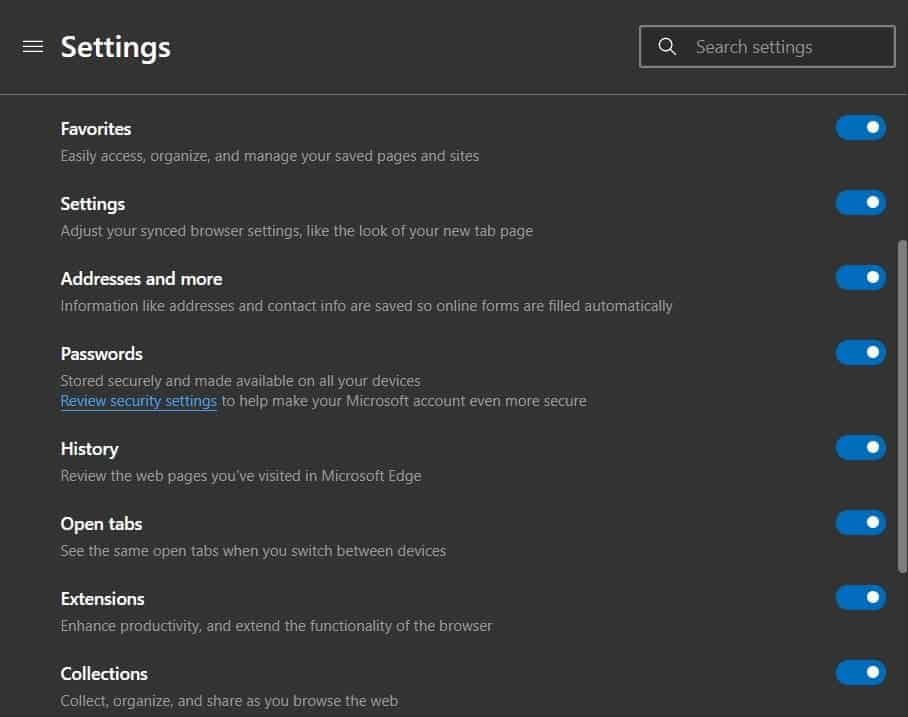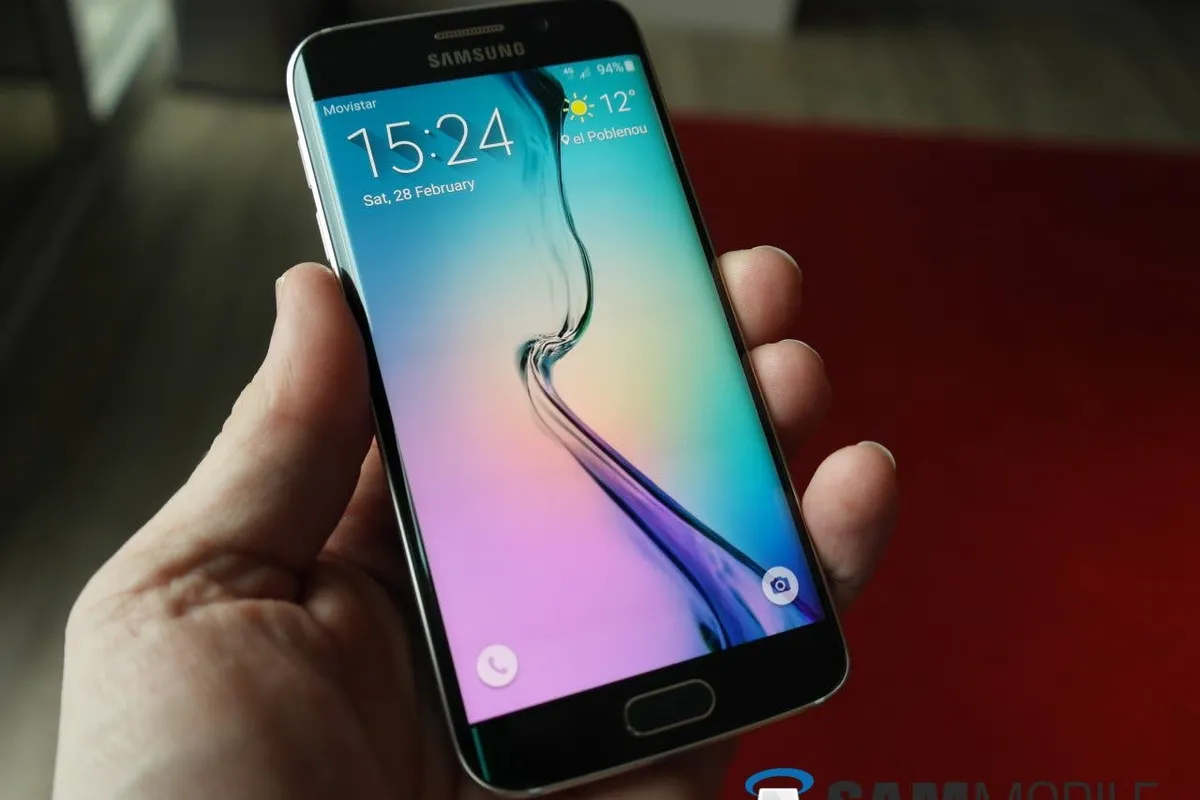Microsoft has finally decided on the timing of abandoning the outdated version of its Edge browser in the Windows operating system.
In an official message, Microsoft explained how the process will proceed. As planned, on March 9, 2021, support for Microsoft Edge Legacy will be discontinued, which means the termination of the release of updates for the browser.
The planned "Tuesday update" for Windows 10 will be released on April 13th. This update will remove Microsoft Edge Legacy from the system and install the new Microsoft Edge on the Chromium engine if it is not already present on the PC. The process of removing and replacing will happen automatically, whether the user wants it or not.

Also, the "deleting" update will be part of the test version of Windows 10 March Preview. Microsoft plans to remove the old Edge not only on the recent versions of Windows 10, but older versions as well. The update will be available for the following versions:
- Windows 10 version 1803 (April 2018)
- Windows 10 version 1809 (October 2018)
- Windows-10 version 1903 (May 2019)
- Windows 10 version 1909 (October 2019)
- Windows 10 version 2004 (May 2020)
- Windows-10 version 20H2 (October 2020)
Microsoft notes that since Windows 10 20H2 has the new Chromium-powered Edge already installed as the default browser, it won't be reinstalled, only the old Edge will be removed.
Recall that now Microsoft Edge on the proprietary EdgeHTML engine is included in the operating system. Thus, “bundled” with Windows 10, the user gets three preinstalled browsers at once - Internet Explorer, the old Edge and the new Edge.
Microsoft Edge now supports history and open tabs syncing
After months of waiting, Microsoft is finally rolling out the tab and history sync feature to users of the non-experimental stable version of the Edge browser.
Up to this point, the new Chromium-based Microsoft Edge browser has synchronized passwords and bookmarks, and also allowed open websites to be sent from a mobile device to a computer. However, the new Microsoft Edge lacked features as familiar to Chrome users as syncing history and tabs. In December, they began testing the synchronization of history and tabs in the beta version of the browser.

The change will take place on the server-side; so users don't need to take any action to get the new feature.
The function must be active on all devices with the synchronization. The new settings are available for both Windows computers and mobile devices.
Microsoft Edge browser now uses 27% less RAM on Windows 10

When the browser uses a lot of RAM, it slows down the entire operating system. Accordingly, in order to avoid this, users have to limit the number of open tabs; but developers of browsers can improve memory usage a bit, as is the case with Microsoft Edge.
Microsoft has improved the Edge browser. It uses less memory as Microsoft notes in its blog, the company's mission is to provide the best browser for Windows. The words of the developers are not at odds with the case.
Recently, Edge switched to the Chromium engine and began to work faster. And after the release of the large functional Windows 10 May 2020 Update; the browser has become even more economical with regard to RAM. Its use has decreased by up to 27%. True, Microsoft makes a clarification that “performance on individual devices depends on configuration and use"; but on the whole, everyone should feel Edge’s more economical attitude to memory.






Place comments
0 Comments
You are currently seeing only the comments you are notified about, if you want to see all comments from this post, click the button below.
Show all comments